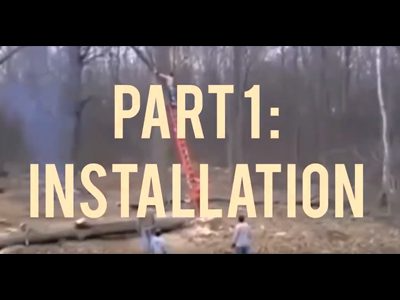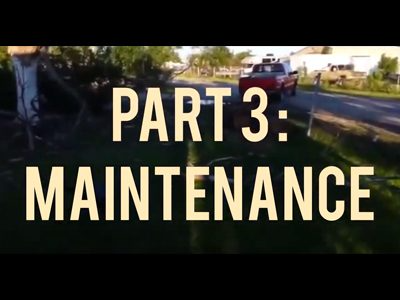Indoor and Outdoor Wood Boiler Comparison: Which is Better?
Posted by SEBASTIAN ZOTA
In this video, we talk about what's more worth it: indoor or outdoor wood boilers. The video is broken down into three main parts that consist of installation, application, and maintenance. We compare the wood boilers side by side, so you can really get an idea of which one will work for you and your lifestyle better.
Part 1: Installation

In the first part where we talk about installation, we start off by saying the cost is the same. Now, the cost varies from boiler to boiler, but usually, they are all in the same ballpark. However, for this video, we wanted to focus on which one will really suit your needs better despite the price.
The indoor wood boiler as a whole is a harder and more complicated installation. This is due to the indoor wood boilers being pressurized systems that require more parts such as expansion tanks, auto-fill valves, pressure release valves, and more. In this case, outdoor wood boilers are easier to install due to the non-pressurized open loop systems which basically means they just cycle the water around in a loop.
Part 2: Application

Part two is all about the application of both furnaces. We first start out by talking about how much space someone has.
The outdoor wood boiler requires more space due to the regulations put down. If you have limited space the indoor is your choice due to them having no laws and regulations of how far they need to be away from other people's houses. However, indoor wood boilers have a smaller firebox, storage of fuel, of an average of around three feet. This means that you can pack less wood and material in it which will result in a shorter burn time of around 6-8 hours. On the other hand, The outdoor wood boiler has a much bigger firebox which results in burn times of 12-24 hours.
All in all, on average you will have to feed the indoor boiler 3-4 times a day, while you have to feed the outdoor boiler once or twice a day. We also explain how the efficiency of both boilers are very close with the indoor pulling ahead a little bit. At the end of the season, the indoor might save you around a quart of wood.
Part 3: Maintenance

In the last section, we talk about the daily, monthly, and yearly maintenance that these boilers need.
The indoor wood boiler has to be fed 3-4 times a day while the outdoor only has to be fed 1-2 times a day. For the weekly and monthly maintenance, the indoor has to be cleaned a lot more due to it having tubes, heat exchangers, and a lot more ash build up due to the smaller chamber. Furthermore, without maintaining this unit properly the efficiency could drop off dramatically.
The traditional outdoor wood boiler only has to be emptied of ash once every 2-3 months. In addition, we also go into the convenience of each wood boiler. For the indoor, you need to cut the wood smaller so it can fit into the smaller firebox. In this process, you need to move the cut wood from outside to in which could drag in dirt, bugs, dust, and more. Likewise, you need to empty the ash in your house which could make a mess and get ash around your home. With the outdoor wood boiler its the same process but all outside so you avoid the mess. However, you should keep your wood out of the weather so it stays dry.
All in all, we are not just trying to sell you guys products. We are trying to help you guys find which one will benefit you more, and trying to prevent some mistakes that people have made. In this case, there's no such thing as the best boiler to buy. It all depends on you and your application.
